Walking Should Be Fun—Not a Tug-of-War Match
If you’ve ever found yourself being yanked down the sidewalk by your pup, you’re not alone. Dogs naturally walk faster than humans and are easily distracted by smells, sounds, and squirrels. But that doesn’t mean you have to put up with being pulled every time you grab the leash.
With the right training approach—and the right gear—you can teach your dog to walk politely on a leash without pulling. And we promise, it doesn’t require magic, just consistency and a bit of patience.

Let’s break it down!
🐾 Step 1: Start with the Right Gear
Before you can train your dog to walk properly, you’ll need the proper equipment. The wrong harness or leash can actually encourage pulling, so investing in thoughtfully designed tools can make a world of difference.
✔️ Use a No-Pull Harness
A traditional collar can put harmful pressure on your dog’s neck, and a poorly designed harness may give them too much freedom. That’s where Dogistry’s No-Pull Harnesses come in:
The SoHo Harness (Perfect for Small Dogs)
Lightweight, stylish, and incredibly secure, this step-in harness is ideal for dogs under 25 lbs. With a no-pull D-ring on the front, it helps redirect your dog’s attention when they try to surge forward.
The NoMad Harness (Best for Medium to Large Dogs)
Award-winning and built for control, the NoMad features:
-
Front + back D-rings for versatility
-
A padded grab handle for quick correction or guidance
-
Reflective trim for safer walks
-
Adjustable straps and escape-proof design
These aren’t just stylish—they’re training tools built to empower better behavior.

🐕 Step 2: Pick the Right Leash
Pair your harness with a smart leash. For pulling dogs, the leash should be:
-
Adjustable (shorter length = more control)
-
Comfortable for you to grip
-
Durable and flexible to absorb tension
Dogistry’s 3-in-1 City Leash and Hands-Free Leash both shine in this category. The City Leash includes a bungee section that helps reduce the jolting sensation when your dog pulls and a secure buckled handle for extra safety in busy environments.

🎓 Step 3: Use Positive Reinforcement Training
The number one secret to success? Rewards-based training. Dogs repeat behaviors that get them what they want—so let’s use that to your advantage.
Start Indoors or in a Low-Distraction Area
Begin practicing loose-leash walking somewhere quiet. Clip your pup into their harness and use a treat pouch or favorite toy to keep their focus on you.
Use a Marker Word
Choose a word like “yes!” or use a clicker to mark the moment your dog is walking calmly beside you. Follow that up immediately with a treat.
Stop When They Pull
If your dog begins to pull, stop walking. Wait for them to return to you or loosen the leash, then reward. This teaches that pulling = no progress and staying close = rewards and movement.
🌀 Step 4: Practice Direction Changes
When your dog pulls, change direction. It may feel silly at first, but it keeps your dog focused on you and teaches them that you’re the one leading the walk—not them.
Try zig-zagging, walking in a circle, or making sharp turns. Use a calm tone and reward them when they follow your lead.
🛑 Step 5: Keep Walks Short and Sweet
Training walks are not about distance—they’re about quality behavior. Start with 10–15 minute walks and slowly increase the time as your dog improves.
Be sure to end on a high note—don’t wait until both of you are tired and frustrated.
💡 Pro Tips for Success
-
Use High-Value Treats: Think small, soft, and irresistible—like chicken or freeze-dried liver.
-
Train Often: Short sessions, daily. Consistency is key.
-
Avoid Retractable Leashes: These encourage pulling and reduce your control.
-
Stay Calm: Your energy matters. Dogs mirror your emotions.
-
Celebrate Small Wins: Even a few steps of loose leash walking is a victory!
🛍️ Ready to Reinvent Your Walks?
Don’t just train your dog—equip them for success.
✨ Explore our best-selling no-pull harnesses and urban dog walking sets at Dogistry.com

🐶 Final Thoughts
Teaching your dog to walk without pulling is absolutely achievable. With a little training, patience, and the right gear—like Dogistry’s award-winning harnesses and leashes—you’ll turn frustrating walks into peaceful, joyful outings.
The leash is in your hands. Let’s make every walk a walk to remember.










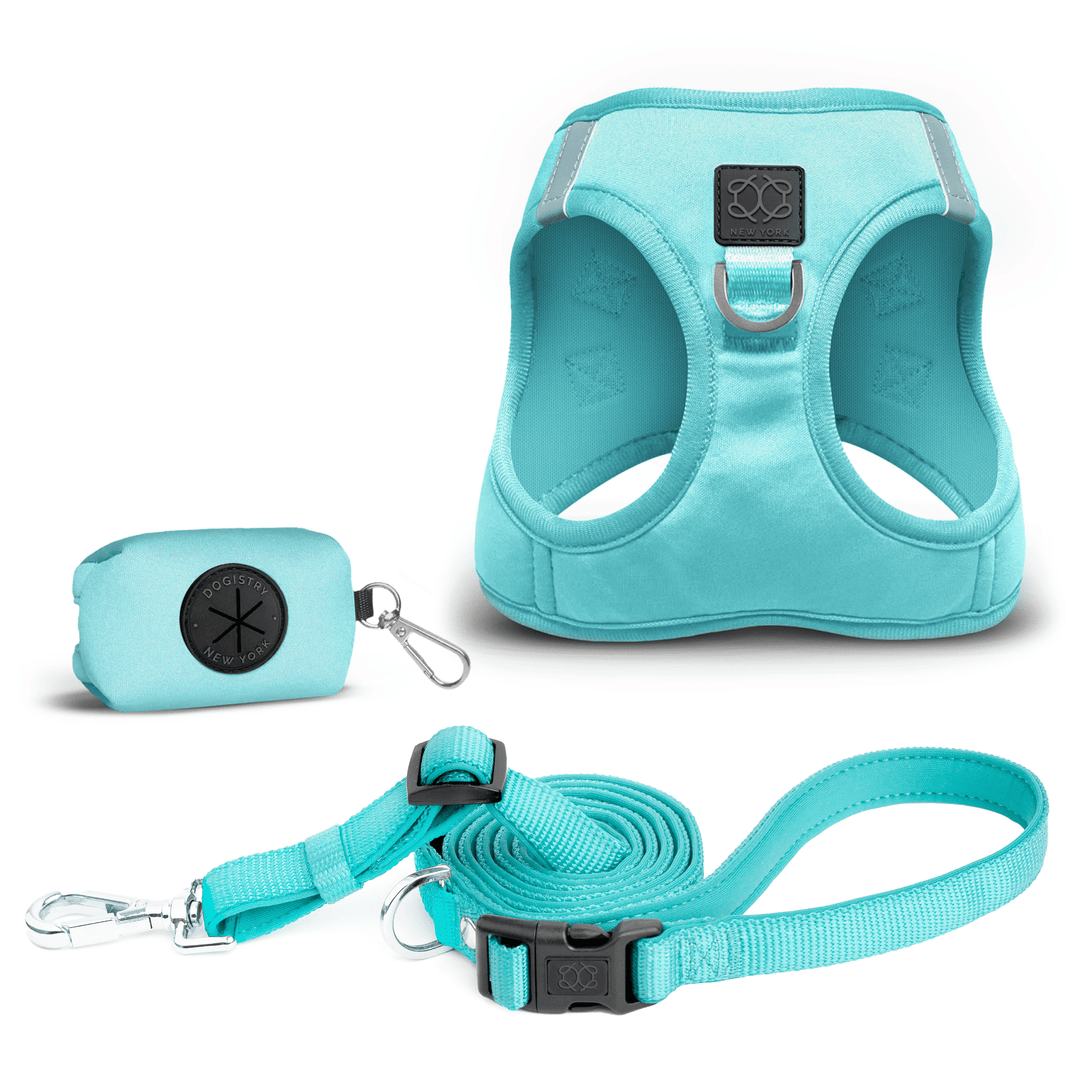
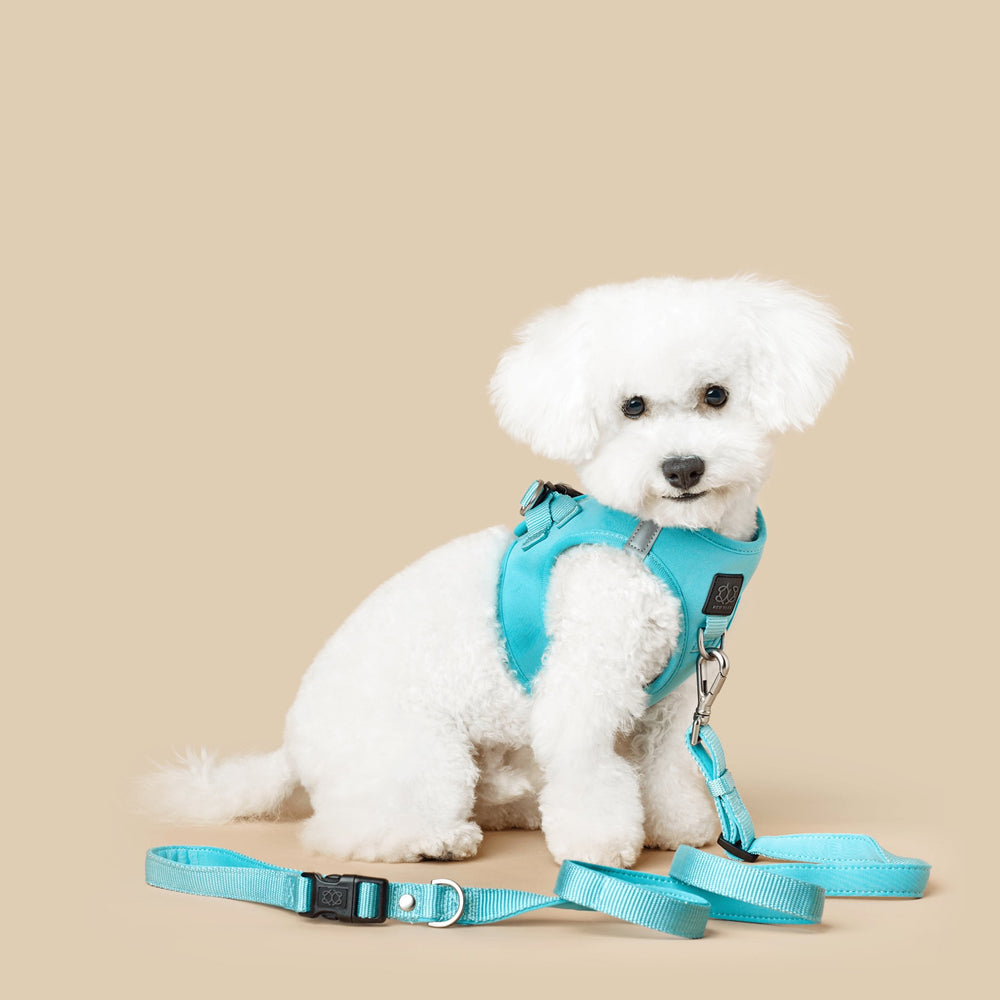

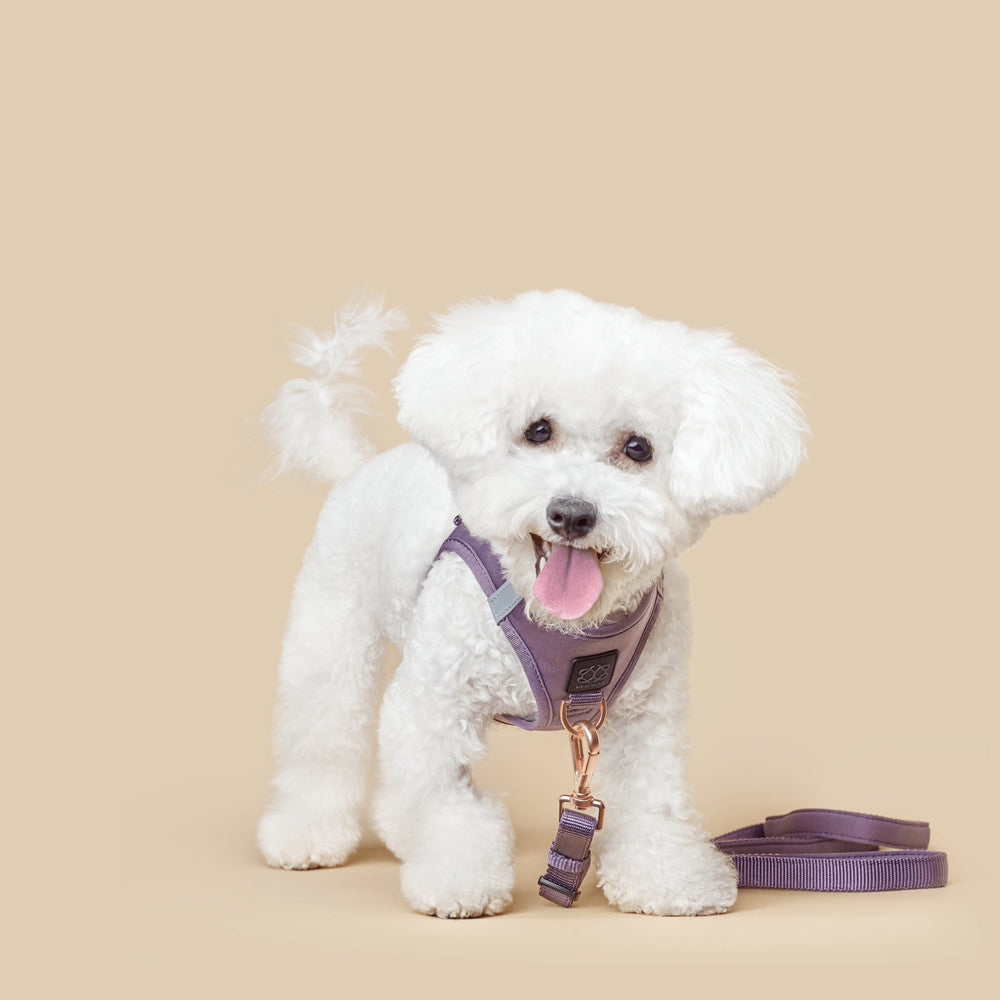
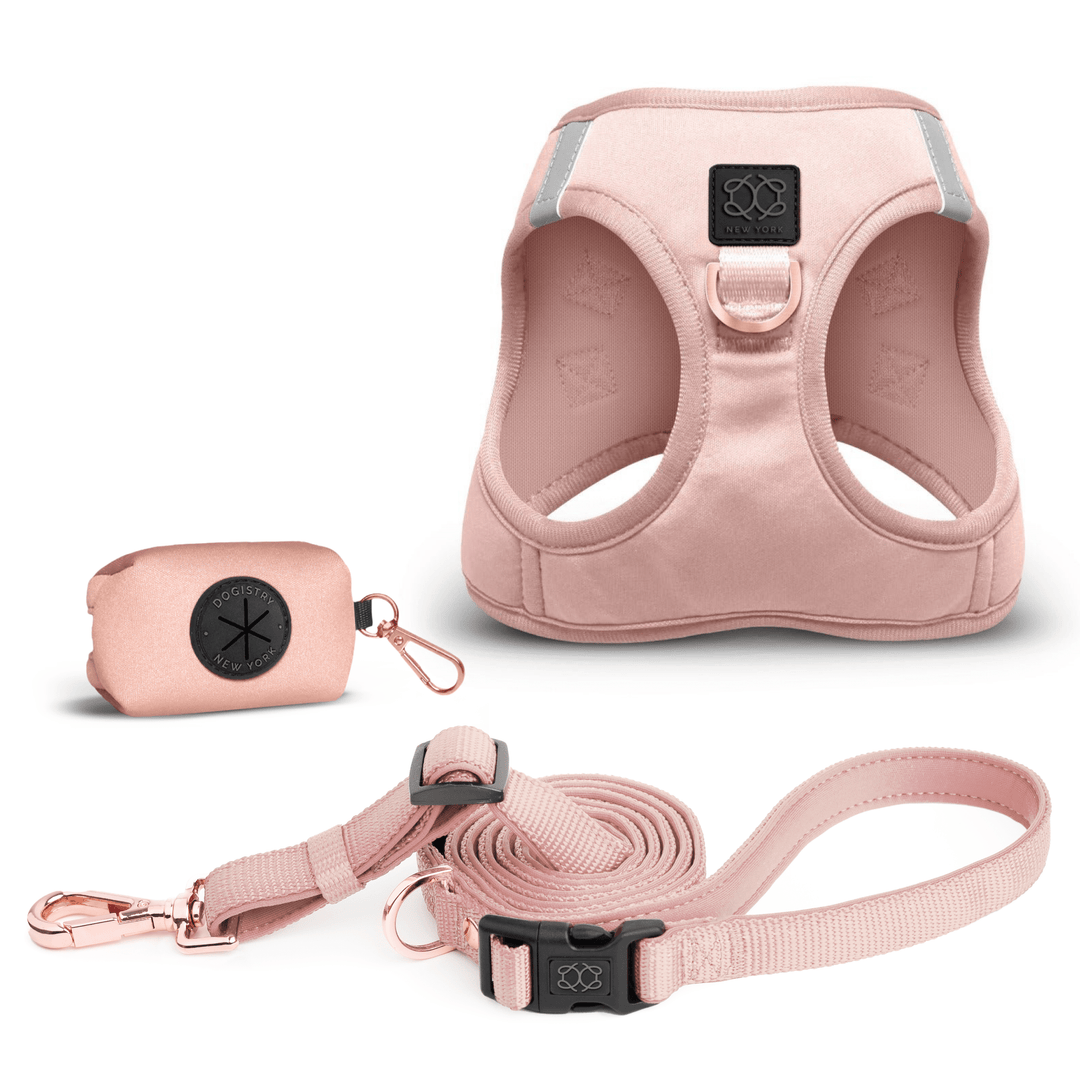
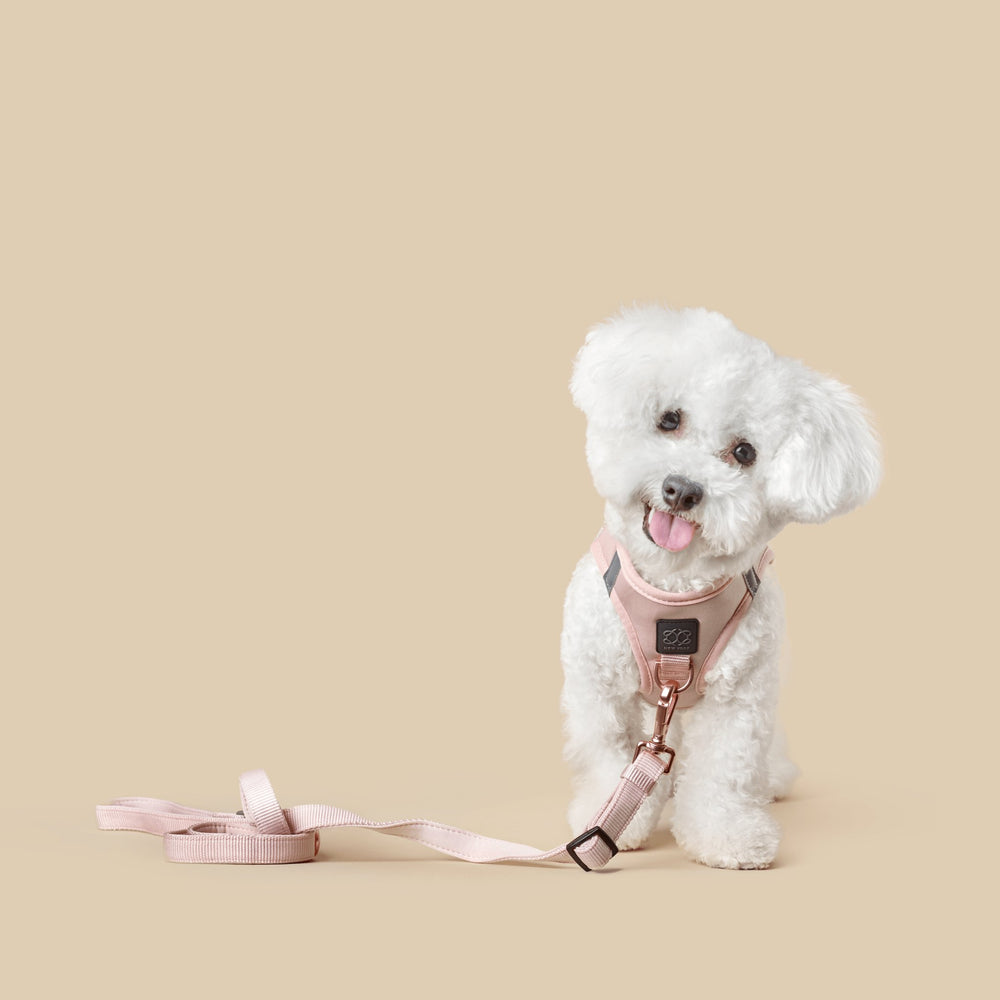


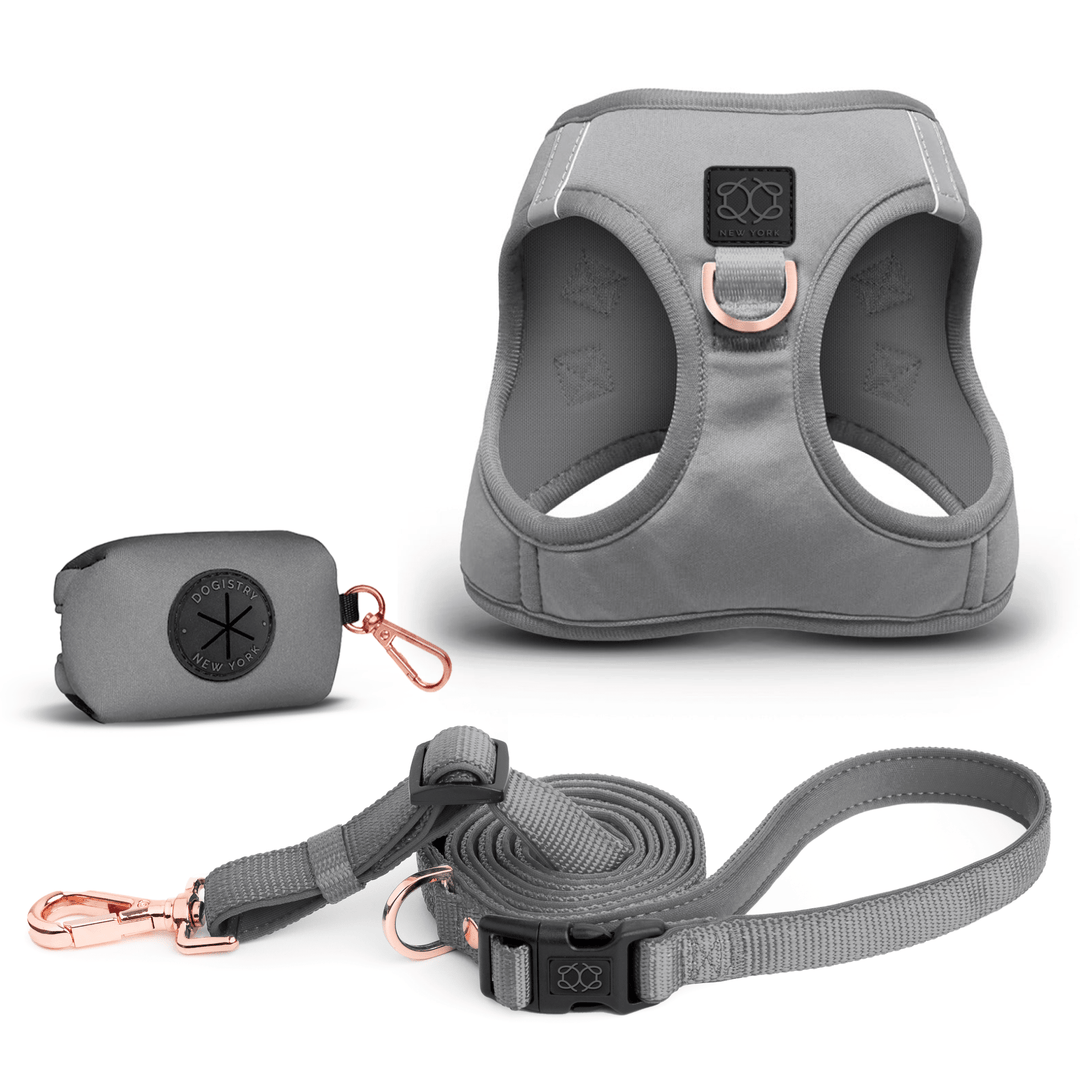
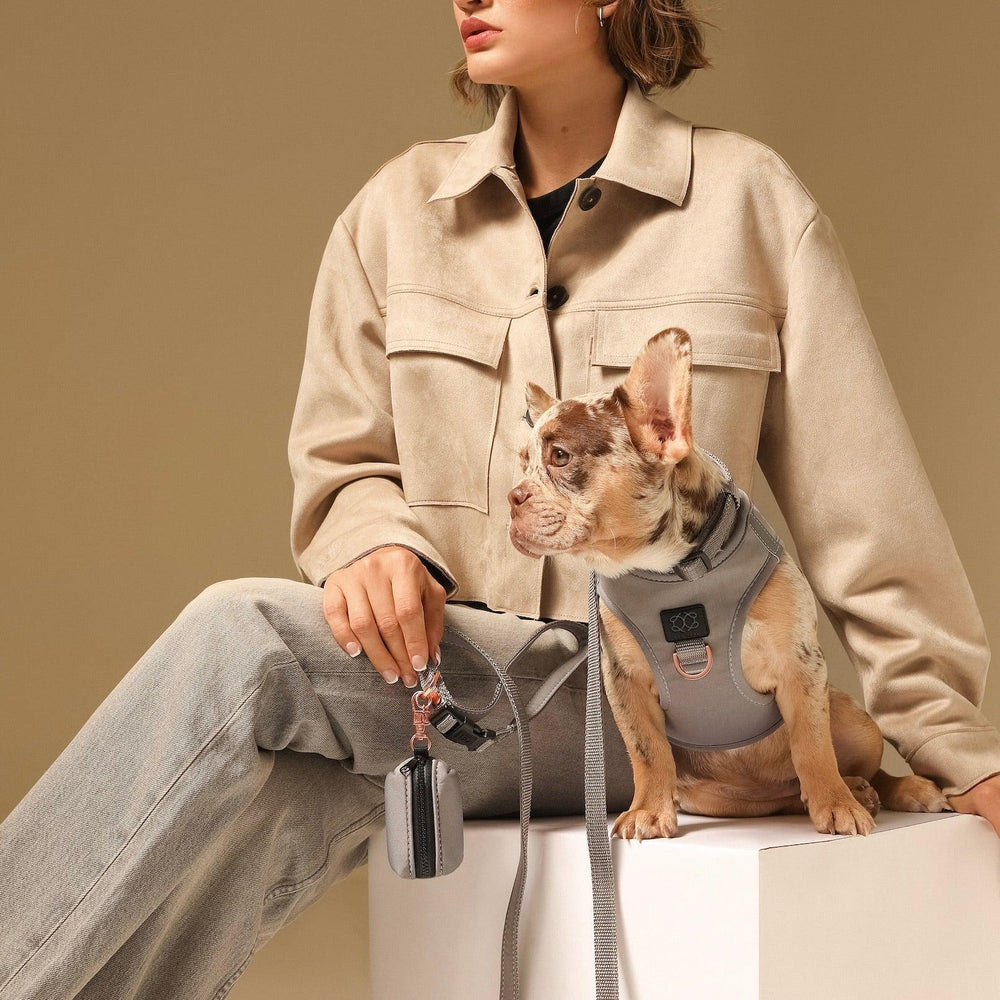


Leave a comment